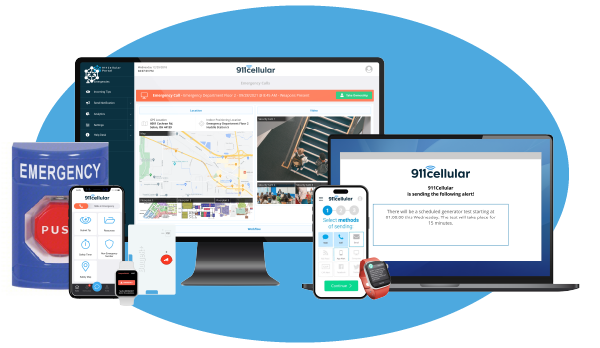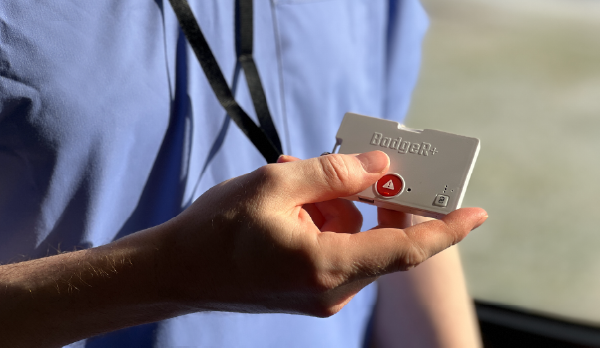Effective De-Escalation Strategies for Healthcare Workers: Maintaining Calm and Safety
Effective de-escalation strategies in healthcare settings are vital for ensuring patients’ and staff’s safety and well-being. Tensions can arise quickly due to factors such as a patient’s anxiety, cognitive impairments or external stressors. De-escalation strategies provide healthcare professionals with the tools to manage these high-pressure situations and diffuse potentially volatile encounters with empathy and skill. Below, we will outline proven techniques that can help de-escalate tense situations.
The Importance of Non-Threatening Body Language
Non-verbal cues play a significant role in de-escalation. An open posture, relaxed and visible hands and appropriate eye contact can communicate respect and calmness. The National Institute for Health and Care Excellence (NICE) states that using non-threatening body language can lower the risk of escalation and create a safer environment for patients (Nice).
Active Listening and Empathy
Active listening is the practice of fully concentrating on, understanding, responding to and remembering what a patient is saying. This technique not only validates patients’ feelings but also helps healthcare workers understand the underlying causes of their distress. The American Psychological Association (APA) highlights that active listening can reduce frustration and enhance cooperation, both of which are essential in healthcare settings (APA Dictionary).
Setting Clear Boundaries and Offering Choices
Establishing clear and respectful boundaries while providing patients with choices can help restore their sense of control, which is often diminished in healthcare environments. For example, rather than simply telling a patient to “calm down,” you could offer options like, “Would you prefer to discuss this now or in a few minutes?” This approach empowers the patient and helps prevent escalation. It aligns with the principles outlined by NICE for managing violence and aggression (Nice).
Redirection and Distraction
When patients become agitated, redirecting their focus or introducing a distraction can be helpful. Techniques such as changing the topic of conversation, moving to a different location or engaging in a calming activity can assist patients in regaining their composure. Research shows that distraction methods can significantly reduce agitation in clinical settings(Verywell Mind).
Positive Reinforcement
Recognizing and praising patients for their calm and cooperative behavior helps reinforce these actions and build rapport. Positive reinforcement encourages continued cooperation, making future interactions easier. Research has shown positive reinforcement is an effective de-escalation technique in psychiatric care (Cambridge University Press).
Enhancing De-Escalation Strategies with Panic Buttons and Mobile Safety Apps
De-escalation techniques are essential; however, there are times when extra support is needed. Implementing panic buttons or mobile safety apps enables healthcare workers to discreetly call for assistance, ensuring timely intervention without worsening the situation. The Healthcare Safety Investigation Branch (HSIB) emphasizes that rapid response systems like panic buttons can significantly enhance response times and outcomes in critical situations. Nice
Conclusion
Incorporating effective de-escalation strategies into healthcare practices is essential for creating a safe and supportive environment. When combined with advanced safety tools, such as panic buttons or mobile apps, healthcare workers can achieve both proactive intervention and immediate assistance when needed. These integrated solutions contribute to a safer and more responsive care environment for everyone involved.
Visit 911Cellular for more insights on identifying and mitigating workplace violence.
Tags: Incident management Nurse safety Hospital safety Hospital violence







